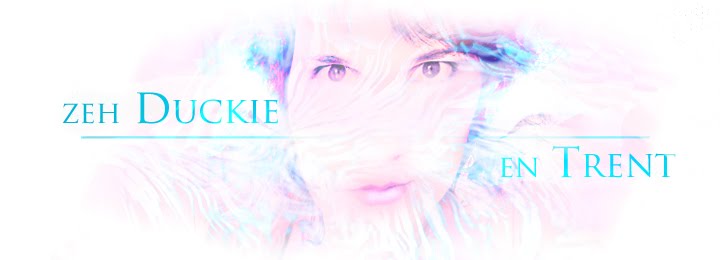While thinking some more about how gestures and appearance build up a stage persona for the performer, I came across an interesting source about Body language in film. As I read through it, I decided to look for photos and recordings of stand-up performances to see how the respective comedians applied some of these `tricks of the trade`.
`From antiquity to the eighteenth century the theater created models for the bodily carriage of masters and slaves. Vulgar servants keep their knees bent, legs spread apart, backs hunched, arms akimbo, heads lowered. After the 1917 Revolution Soviet poster art straightens the backs of workers. Soviet painting, sculpture and cinema are soon to follow. The hunched back is now reserved for the losing class, epitomized by white officers[...]
Calm, measured steps and a proudly raised head distinguished the man of power. Only people of low social status—servants and slaves—were shown rushing about.`
I think it highlights the complicity that the performer tries to establish with his audience, casting himself as one of them (the oppressed, the discontent, the little man, even the clown). It`s a reassuring `it`s OK to make fun of THEM, I`m one of you`. Although some comedians treat their audiences with a certain degree of contempt, and claim to distance themselves from both the object of their critique and their audience, the trust and attention the performer receives still rely on the notion that `we are making fun of someone else`. When the comedian will point to its audience or specific individuals, a projection of guilt still occurs. It is thus rather difficult to be funny and make a point about how the audience should accept that they are part of the problem as well and take responsibility for their actions. When comedians try to do that, a change of tone occurs and an element of preaching comes into play. The only difference between an ordinary rant and a comedy performance in this case, is that the tension accumulated as the incriminatory arguments build up, is released at times by punctuating the discourse with punchlines.
Another fragment that grabbed my attention was this:
` Opened and closed palms carry significant nuances of meaning. A closed fist is associated with danger. An open hand appeals to the world, signifying trust or a question; the palm facing away from the body suggests rejection, palms facing the body are a sign of invitation and welcome.
The teacher moves his hands up and down with his palms facing his listeners.
Lords make the same motion with their palms turned inward. The tyrant raises his hand with the palm facing the ground...`
Interesting to follow:
Body language and gestures are still a very fascinating field of inquiry that could help the research topic. I`ll have to think up a context in which viewers would need to pay close attention to it in order to decipher the message of the performance.



No comments:
Post a Comment